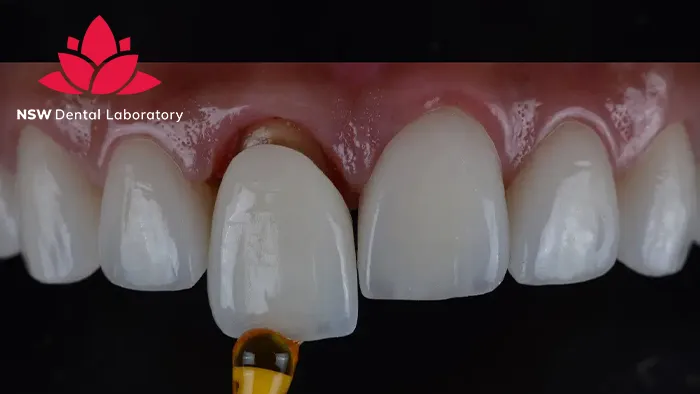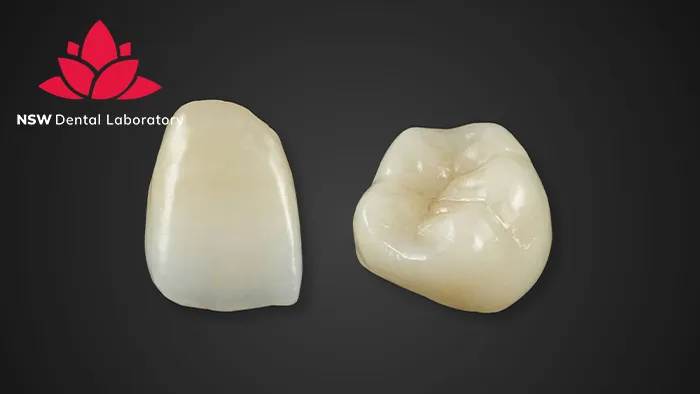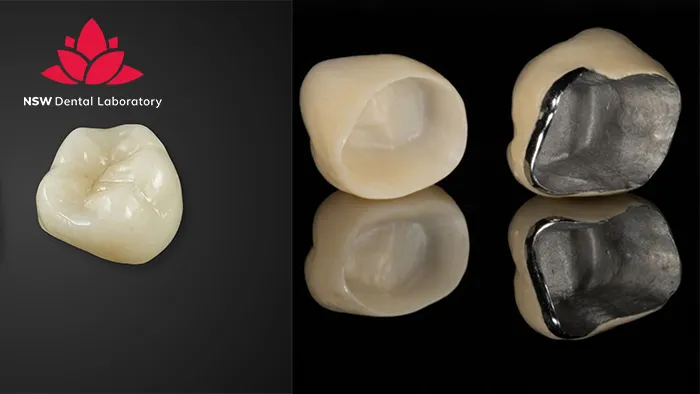Best Types Of Dental Crown Material
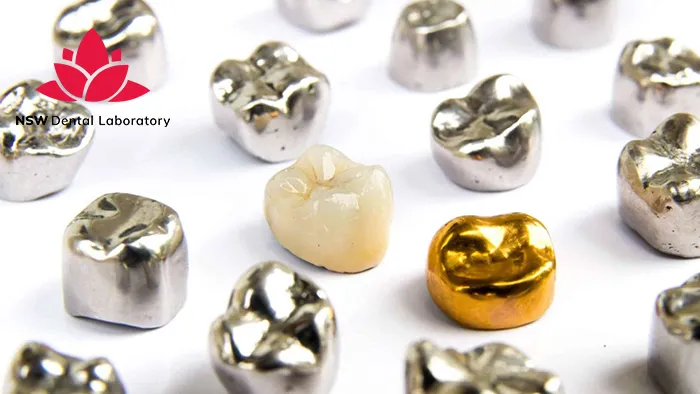
Dental crowns are a versatile and effective solution for restoring damaged teeth. However, understanding the different types of Dental Crown Material and making the right choice can be challenging, given the many options available for restoration. From durability to a natural appearance, each type of Dental crown material offers unique benefits tailored to individual needs. Whether you’re looking for strength, aesthetics, or a balance of both, understanding the various types of Dental crown material is essential for making an informed decision. So, how many types of dental crown material are there, what are their advantages and disadvantages, and which one is the right choice for you? All these questions will be answered in this blog.
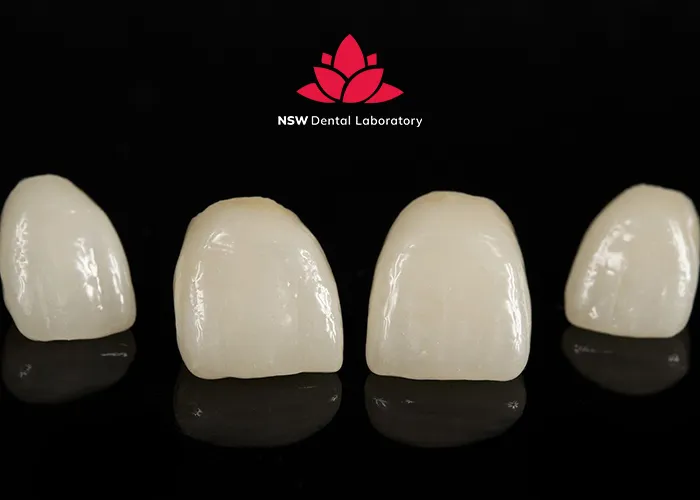
6 Different Types Of Dental Crown Material
Functionality, aesthetics, cost, and personal preferences are important factors to consider when choosing the right Dental crown material. Each type of Dental crown material has its composition, functionality, procedure, cost, as well as advantages and disadvantages. Based on the material composition, the main types include:
-
Full Cast Metal
Full-cast metal is one of the oldest types of dental crowns still in use today. While it may not be the optimal choice for aesthetic areas, it stands out for its exceptional durability. Some of the metals used for making these crowns include palladium, nickel, chromium, and, notably, gold.
- Advantages
- Exceptional durability rarely breaks or chips
- Requires minimal removal of tooth structure, maximizing the preservation of natural teeth
- Withstands biting and chewing forces well, with slow wear resistance
- Disadvantages
- Poor aesthetics, not suitable for front teeth
- Can cause allergic reactions in patients with mental allergies
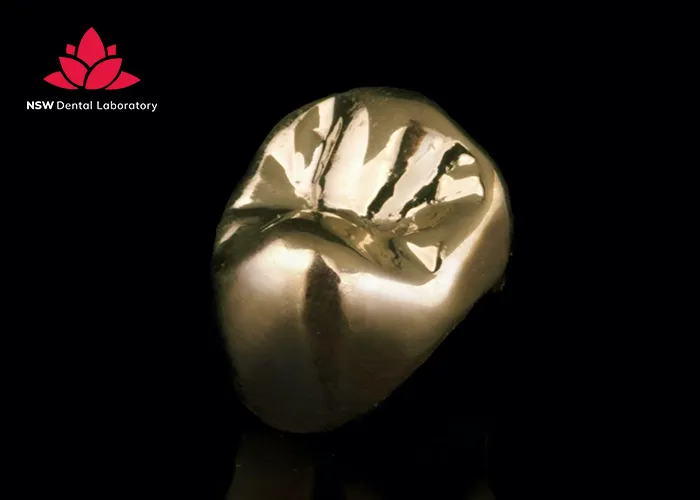
Full Cast Metal
-
Porcelain Fused To Metal (PFM)
PFM (Porcelain-Fused-to-Metal) crowns are composed of a metal base (such as palladium, nickel, chromium, or gold) and a porcelain exterior. This combination of metal durability and porcelain aesthetics has made them a popular choice for over 50 years, delivering reliable and predictable results.
- Advantages
- Combines aesthetics with high durability
- Lower cost compared to all-ceramic crowns
- Disadvantages
- Over time, the underlying metal may cause a dark gum line, compromising aesthetics
- The porcelain layer is prone to chipping or breaking
- Can cause wear on opposing teeth
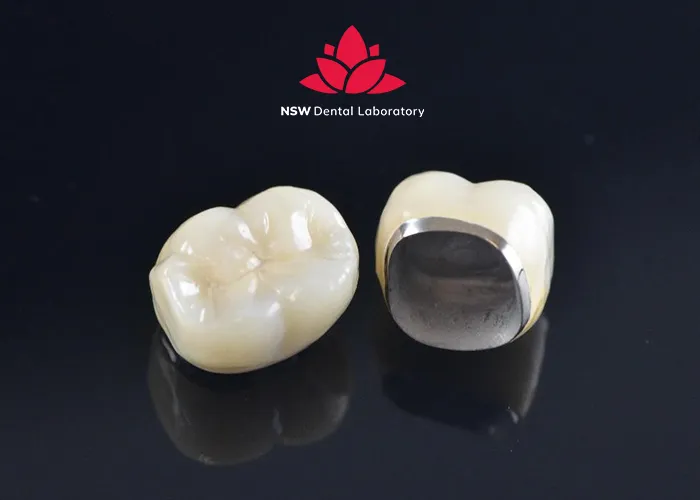
PFM
-
All Resin
Made entirely of composite resin, a tooth-colored material, all-resin crowns offer a natural appearance but are less durable than other types of crowns. They are often low-cost, making them a common temporary solution or a good choice for individuals on a tight budget.
- Advantages
- More affordable than other types
- The minimally invasive procedure with a quick fabrication time
- Natural appearance
- Disadvantages
- Low durability
- Prone to breaking, chipping, and wearing down quickly
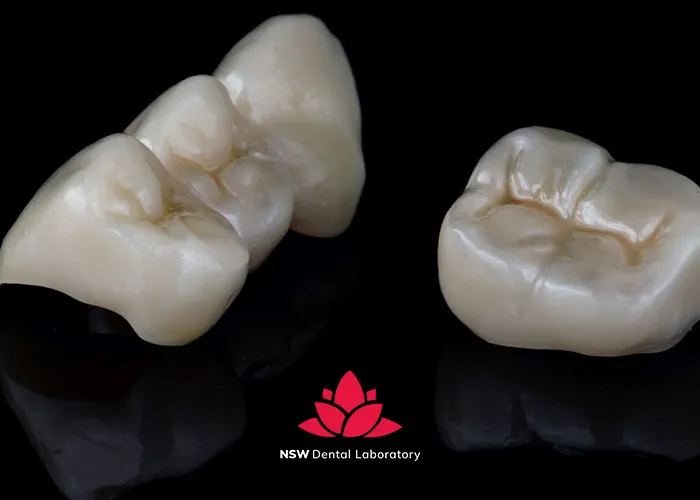
All Resin
-
All Ceramic And Porcelain
Made entirely from ceramic or porcelain materials that mimic the natural tooth enamel color, all ceramic or porcelain crowns match the surrounding teeth in shape, size, and color, providing a natural and durable appearance. They are an excellent choice for front teeth. With a composition that is completely metal-free and highly biocompatible, they are also the best option for patients with metal allergies.
- Advantages
- Excellent aesthetics, providing a natural-looking result
- Biocompatible, suitable for individuals with metal allergies
- Disadvantages
- Not as durable as PFM or metal crowns
- Higher cost compared to PFM or metal crowns (except gold)
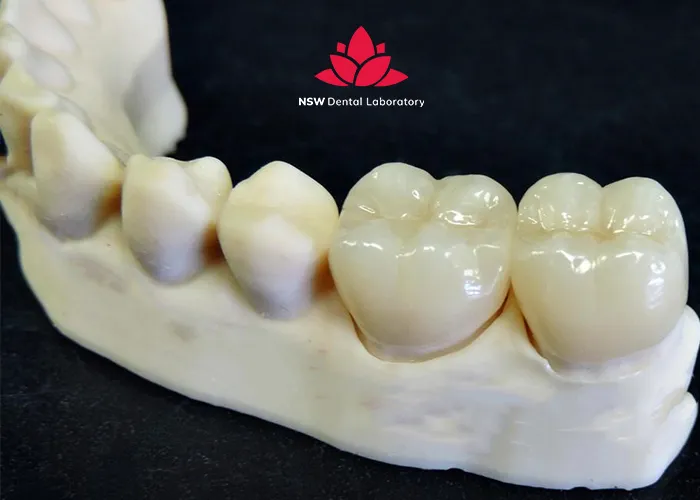
All Ceramic And Porcelain
-
Zirconia
Zirconia crowns are made from zirconium dioxide, an extremely durable and nearly indestructible material. It is a relatively new material in recent years but has quickly gained acceptance and widespread use due to its strength, optimal aesthetics, and excellent biocompatibility. Zirconia crowns are the perfect combination of durability and aesthetics, making them stand out and becoming the most popular choice today.
- Advantages
- Extremely durable and strong (rarely chips or breaks)
- Excellent aesthetics, closely resembling natural teeth
- Has the best biocompatibility among all types of materials
- Requires less removal of natural tooth structure compared to similar crown types (such as PFM, all-ceramic, and porcelain)
- Disadvantages
- Although it has excellent aesthetics, the color palette is somewhat opaque, making it difficult to match cases that require a brighter shade
- Can cause wear on opposing teeth
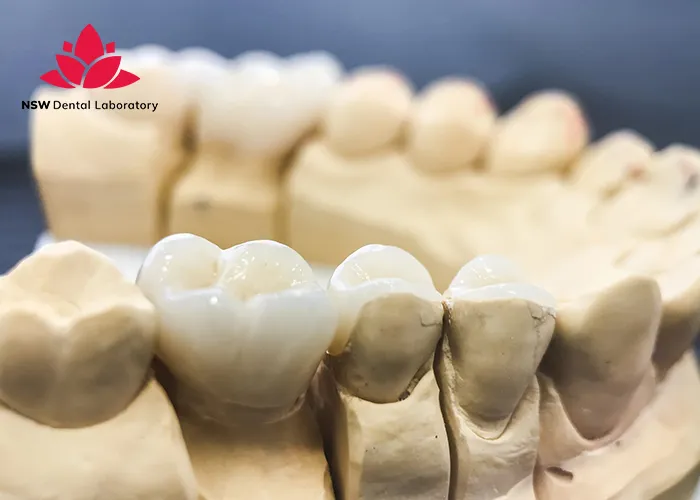
Zirconia
-
E.max (Lithium Disilicate)
Emax crowns are made from a lithium disilicate glass-ceramic that has exceptional strength, translucency, and durability properties. They are highly biocompatible in the mouth and have excellent long-term wear characteristics similar to natural enamel (the outer layer of your teeth). E-Max crowns are known for their high aesthetics and durability, making them a popular choice for those seeking the perfect combination of both factors.
- Advantages
- High aesthetics, closely resembling natural teeth due to its translucency
- Requires minimal tooth preparation
- Disadvantages
- High cost
- Not as durable as zirconia, so it is not recommended for molars
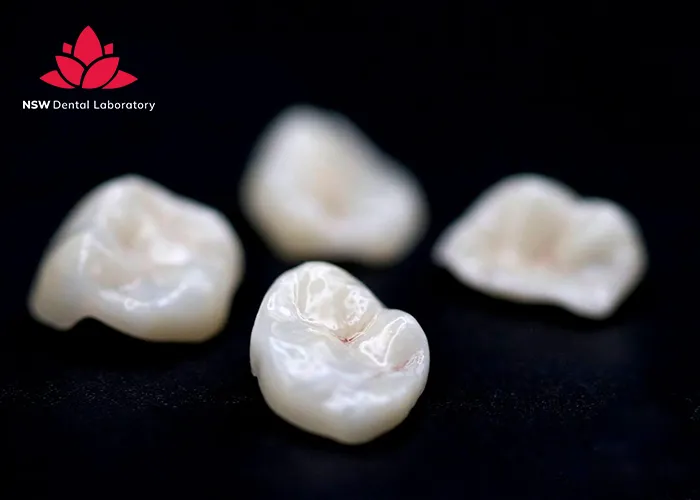
E.max
Factors To Consider When Choosing The Right Dental Crown Material
As we have discussed, each dental crown material has its advantages and disadvantages. To make the right choice for yourself, you should consult with your dentist about your specific condition to make the most informed decision, as the crown placement process is a long-term restoration method. Here are some considerations to keep in mind:
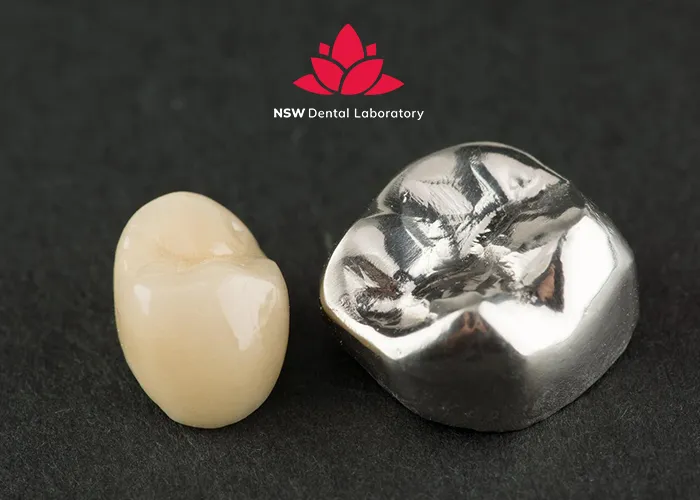
- Oral health condition: If your teeth are severely damaged or weak, you will need a material with high strength and durability to protect and support the tooth. In this case, gold or PFM may be the best choice for you. However, if you want to restore both function and aesthetics, options like Emax, all-ceramic, or porcelain would be a better choice.
- Function and aesthetics: The position of the tooth also plays a significant role in choosing the dental crown material. For molars, which endure heavy chewing forces, stronger materials like metal or zirconia are typically preferred. For front teeth, where aesthetics are more important, Emax, porcelain crowns, or all-ceramic crowns are the ideal choice.
- Cost: Different dental crown materials come with varying price points. Porcelain, gold, or Emax crowns are typically more expensive, while zirconia, metal, or PFM crowns are generally more affordable, making them suitable for individuals on a tighter budget.
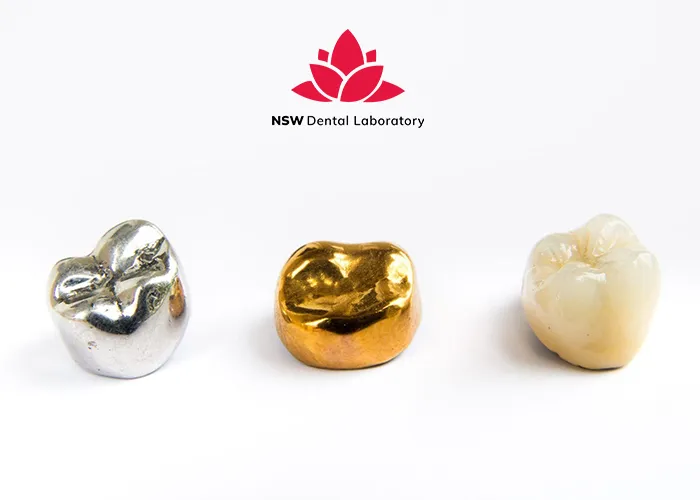
Summary
When considering any dental treatment, the most important conversation you can have is with the dental professional providing your care. This blog is intended to help you better understand the basic pros and cons of the most tested and accepted crown materials currently available. Each patient may have specific health conditions or anatomical considerations that could significantly influence treatment decisions beyond the information presented here. Remember, the best crown for you depends on your specific dental needs, aesthetic preferences, and budget.

